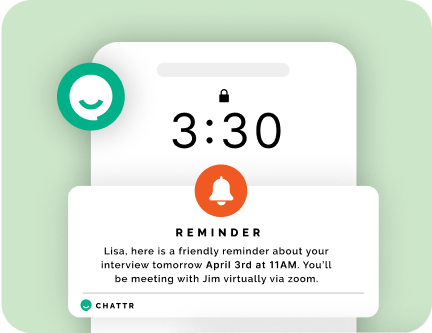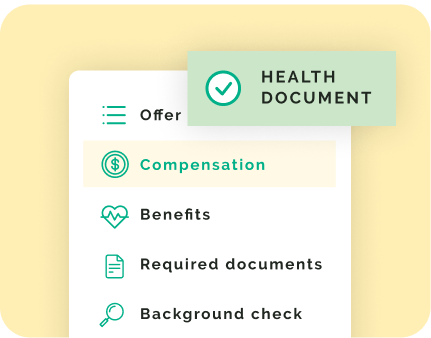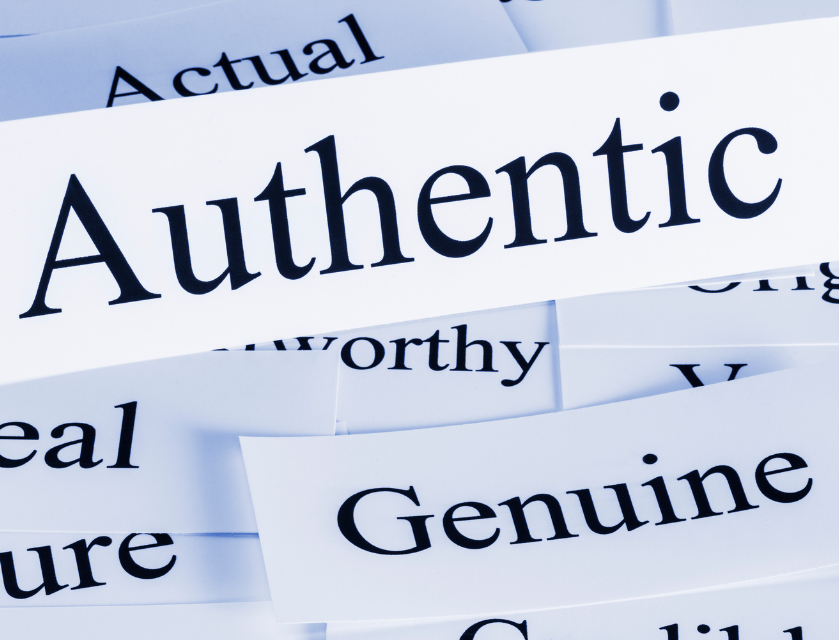The new year is just around the corner, so it’s time to start thinking about how you can prepare your hourly workforce for success in 2023. Whether you’re looking to improve communication, implement new technology, or motivate your team, you can do a few key things to help them reach their full potential. Check out our tips below and get started today!
Evaluate Your Current Workforce
Evaluating your current workforce is essential in preparing them for the upcoming year. Before you can create a plan to address any areas of improvement, it is crucial to assess both the strengths and weaknesses of your existing team members. To do this, consider each employee’s skillset, productivity levels, and knowledge. It is also important to evaluate overall work performance and job satisfaction as a group.
Start by taking inventory of each person’s areas of expertise and how they fit into the company’s overall mission. This will help you identify which employees have the necessary skills to perform their jobs effectively and where they may need additional training. Additionally, look for ways to make workflow more efficient; for example, if one employee specializes in specific tasks or processes, consider whether those tasks could be delegated among other team members to create a more balanced workload.
Next, take into account team morale and communication dynamics within your organization. Ask yourself questions about how well-connected each employee is with their colleagues and whether any potential issues need addressing. Evaluate whether any particular processes or protocols could be updated or improved to foster collaboration among team members and promote a positive work culture.
Finally, review each employee’s career development objectives and long-term goals they may have set for themselves within the organization. This can help you identify opportunities for providing additional resources or support to help employees reach their aspirations while also meeting company needs. All of these evaluations lead you toward creating meaningful plans that address areas of improvement while helping your hourly workers reach their ambitions and meeting company goals in the new year.
Utilize Technology
The utilization of technology can be key to the success of any organization, especially when it comes to increasing efficiency and effectively managing a workforce. By utilizing the latest technologies, organizations can reduce the time spent on mundane administrative tasks, freeing up personnel for more productive pursuits. For example, a company can leverage automated scheduling software to quickly and accurately manage shifts and give employees access to their schedules through mobile apps and email notifications. Hence, they always know when they’re expected to work. This helps ensure that employees are never over or under-scheduled, which saves them time and energy in the long run.
Furthermore, implementing an integrated communication system, such as a messaging platform or cloud-based collaboration tool, allows team members to communicate easily without resorting to traditional methods thath could take longer. This ultimately leads to higher productivity levels throughout the entire organization.
Additionally, enhanced analytics tools—such as predictive analytics and machine learning algorithms—can be used to track employee performance, helping managers identify areas of improvement while allowing employers to make better decisions based on data rather than guesswork. By leveraging these tools and technologies in 2023, organizations can get ahead of their competition by becoming more efficient and making better decisions faster than ever.
Create an Engaging Environment
Creating an engaging work environment is essential to helping your hourly workforce reach its potential. To create a workplace that encourages collaboration and positivity, it’s important to provide recognition for achievements and successes. This can be as simple as recognizing an employee’s hard work in team meetings or providing incentives like gift cards or product discounts. Additionally, employers should strive to foster meaningful relationships with their employees by understanding their interests and needs. By actively listening and engaging with their employees, managers can better understand how they can best support them and help them reach their goals.
Developing Training Programs
Organizations should also invest in training programs that provide employees with the proper skill set to do their job effectively. For example, an organization preparing for a new software rollout should ensure that employees are adequately trained to use it correctly. Investing in practical training will give employers peace of mind knowing their staff are well informed and help ensure that processes are running efficiently and customers have access to the highest quality service possible. Furthermore, businesses should invest in continuing education programs such as workshops or seminars so that their employees can stay up-to-date on industry trends and gain new skills that may benefit their roles.
Encourage Professional Development
For your business to stay competitive and remain profitable, fostering a culture of professional development amongst your hourly workforce is essential. Professional development helps to keep employee morale high and provides employees with the skills and knowledge they need to succeed in the ever-evolving job market. Professional development can take many forms—from attending conferences and seminars to webinars or classes related to their position. Providing tools such as online coursework or access to additional resources allows employees to learn new skills and further develop their existing ones.
In addition, providing mentorship opportunities is also an essential part of staff development. Mentorships allow employees to receive personalized guidance from experienced professionals who can give them valuable insight into industry trends and help them hone their existing skill set. Additionally, creating a culture that encourages the flow of ideas within your organization helps create an atmosphere conducive to creativity and growth. Encouraging collaboration between different departments helps provide employees with a sense of purpose that can improve team morale and performance.
Finally, employers need to recognize employee accomplishments to feel appreciated for their hard work. Showing gratitude by providing rewards such as bonuses or promotions boosts morale and encourages employees to continue striving for excellence in their roles. Offering incentives like flexible working hours or extra vacation days are also great ways to show appreciation while giving employees more control over how they spend their time at work.
Creating a workplace culture that encourages collaboration and professional development is essential for any organization to stay competitive. Fortunately, many tools are available, such as Chattr’s conversational AI platform, which can help employers optimize their hiring process by streamlining recruitment tasks, improving candidate engagement, and providing insights into the best candidates. If you want to take your recruiting efforts up a notch and ensure long-term success in your industry, consider integrating Chattr’s technology into your HR processes today!












